If your event is packed with purpose, passion, and potential, but your ticket sales aren’t reflecting that — the problem might not be your event.
Your sales page might be.
A high-converting event sales page is far more than a place to share a date and booking link. It’s your first impression, elevator pitch, and conversion tool all rolled into one.
If it’s not strategically designed to convert, you’re leaving registrations (and impact) on the table.
That’s why understanding the must-have elements of a high-converting event sales page is essential for every organiser.
Let’s break down the must-have elements of a high-converting event sales page. So you can boost sign-ups, attract the right attendees, and ultimately create more momentum and meaning with every event you run.
Table of Contents
Why Your Sales Page Matters (More Than You Think)
Purpose-driven businesses often focus on delivering value through the event itself, but your ability to connect with the right audience starts the moment they land on your event sales page.
Here’s what a strong sales page can do:
- Attract your ideal audience with the right message
- Clarify the value of your event
- Address objections before they arise
- Drive action with clarity and urgency
- Reinforce your values and credibility
Together, these elements transform a standard event page into a high-converting event sales page that drives registrations and builds trust.
Let’s get into how to do it right.

1. A Clear, values-aligned headline
Your headline is the first impression — make it count. It should:
- Speak directly to your ideal audience
- Highlight the transformation or benefit of attending
- Reflect your brand’s purpose and tone
2. Who it’s for (and who it’s not)
Your event sales page should call out your ideal attendee — and yes, that means being brave enough to say who it’s not for, too.
This helps you:
- Attract qualified leads
- Reduce no-shows
- Boost engagement and impact during the event
Example: “This event is perfect for founders, coaches, and consultants ready to scale their impact through live events. If you’re looking for quick wins or passive funnels, this probably isn’t your vibe.”
3. The breakdown: agenda, speakers, format
People want to know what they’re getting into — especially if they’re investing time or money.
Give them the details and make it skimmable. Share the date and location (or online platform), highlight your keynote speakers, outline a simple agenda or flow and include networking or accessibility details
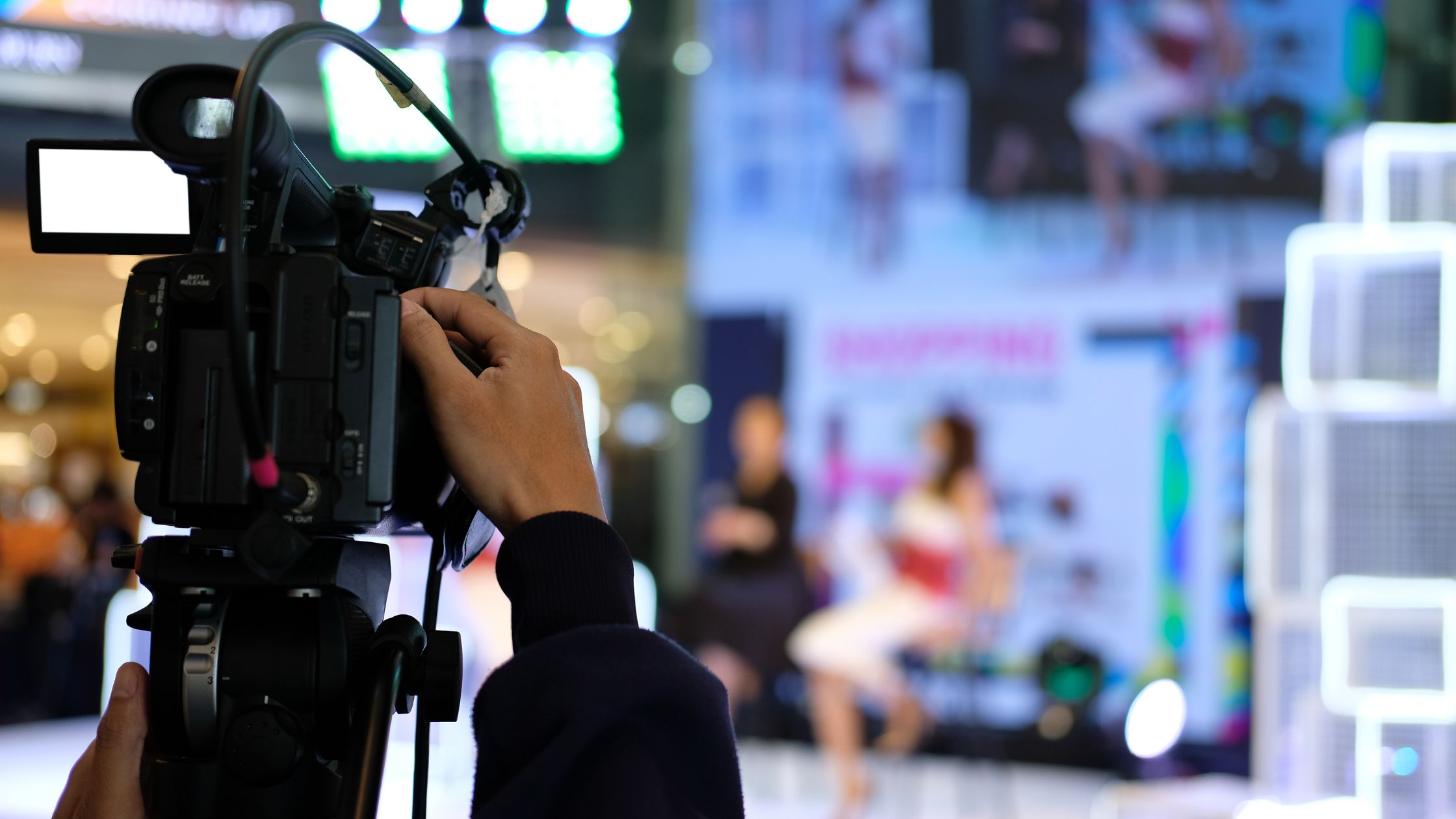
5. Urgency and clear call to action
Even the most interested visitor needs a nudge to act — and your job is to make that decision feel easy, timely, and compelling.
Combine visual CTAs with light-touch urgency to drive conversions without feeling pushy.
Use:
- Use eye-catching buttons and action verbs like “Save My Seat” or “Join the Movement”
- Add limited-time offers or early-bird deadlines (“Book by July 15 for 20% off”)
- Highlight capacity cues like “Only 20 spots left”
- Countdown timers used sparingly and strategically
Place CTAs at key points: above the fold, mid-page, and at the end — so no one misses their chance to say yes.
6. Dedicated URL and mobile optimized
Even the most compelling event page won’t convert if people can’t find it, load it, or use it easily.
Where your event page lives matters just as much as how it looks.
A clean, branded URL (like yourevent.com or yourbrand.com/eventname) makes it easier for people to:
- Find your event quickly without digging through menus
- Share the link in conversations, on social media, or during interviews
- Trust the experience with a professional, purpose-built landing page
- Track performance more accurately with analytics tools
Avoid long, generic URLs like yourbrand.com/events/2025/july/registration. Instead, opt for something short, clear, and aligned with your event’s name or theme.
Here are some standout examples of well-designed event landing pages to inspire your own.
https://themarketingmeetup.com/
https://www.learnevents.com/birmingham
7. A post-event vision
Show that your event is just the beginning. Include:
- What happens after the event (community, follow-up, resources)
- How attendees can stay connected
- Your broader mission and how this event fits in
This reinforces your long-term value and builds loyalty.
A high-converting event sales page isn’t about flashy design or pushy tactics — it’s about clarity, connection, and purpose. When your message aligns with your mission and speaks directly to the hearts of your audience, conversion becomes a natural next step.
Ready to Elevate Your Next Event?
At Force for Events, we help purpose-led brands craft sales pages and event strategies that convert with integrity. Let’s co-create something powerful.
Or explore our event marketing services.
10 Signs Your Event Needs More Marketing Support (and how to fix it)
You’ve got the venue booked, the agenda locked, and your speakers confirmed. But if your event...
How Small Events Can Create Big Environmental Impact
You care, but where do you start? For teams running conferences, summits, and community events,...
Why Collaborative Event Marketing Could Be Your Team’s Best Move Yet.
Too busy to do it all? You know the feeling. You’ve got an event to market and 150 seats to fill....
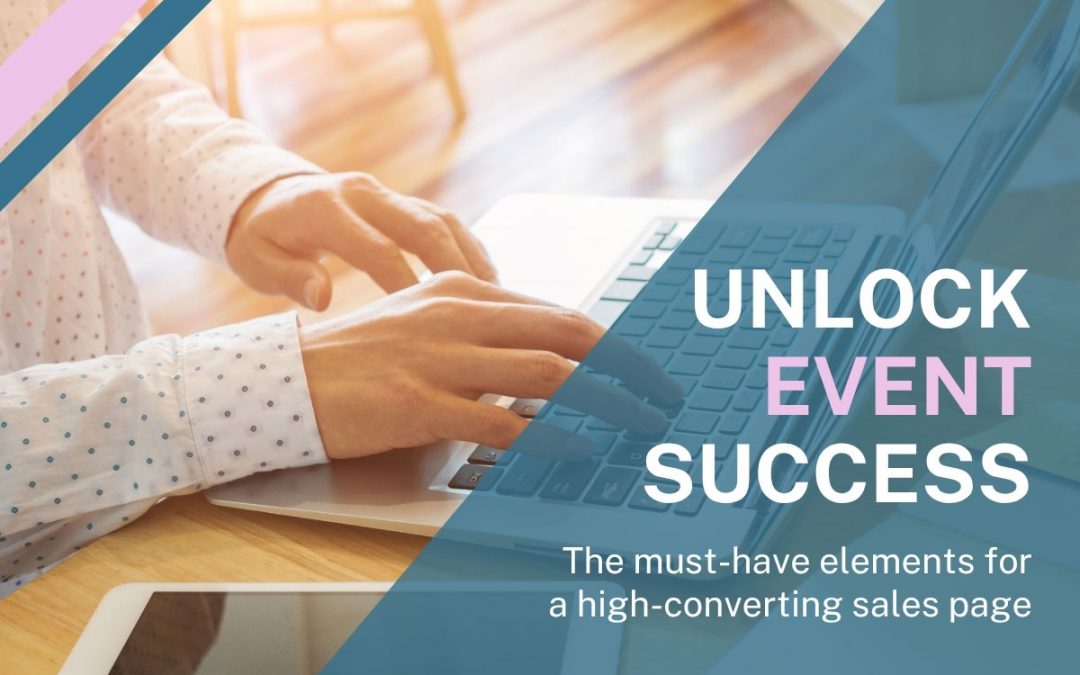
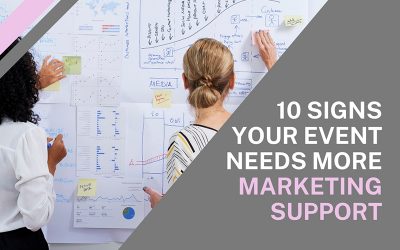
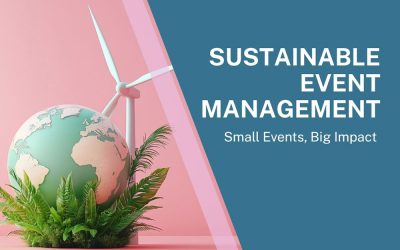
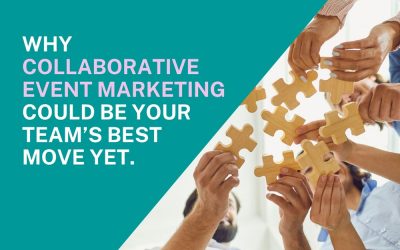
4. Social proof that builds trust
Purpose-led audiences value authenticity.
Use:
Bonus tip: Include a short video testimonial if possible — it humanizes your message and boosts engagement.